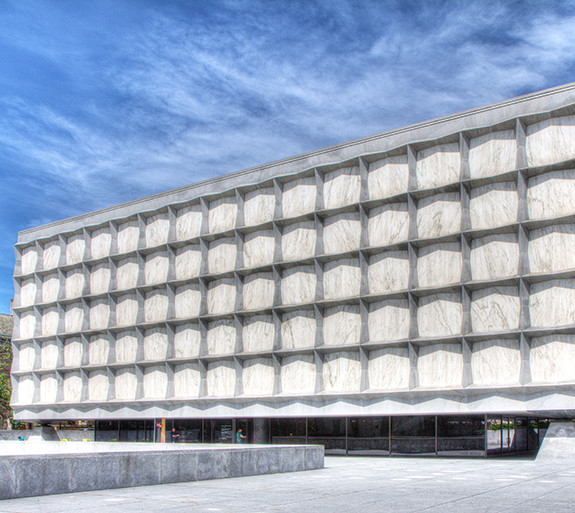Authors’ Guidelines for Preserving Digital Archives
In an effort to aid writers in ensuring the long-term accessibility of their digital archives, the Beinecke Library has created the following Authors’ Guidelines for Preserving Digital Archives; in generating these guidelines, the library consulted a variety of professionally drafted standards and examples of similar documents written by other libraries, including Creator Guidelines: Making and Maintaining Digital Materials: Guidelines for Individuals from the International Research on Permanent Authentic Records in Electronic Systems (InterPARES 2) and “Guidelines for Digital Preservation” from the Harry Ransom Center at the University of Texas at Austin. A formatted PDF copy of the guidelines designed to enable quick reference, skimming, and browsing is available here: Authors’ Guidelines for Preserving Digital Archives (PDF). This information is permanently posted on line at Digital Preservation, Poetry at Beinecke Library.
Authors’ Guidelines for Preserving Digital Archives
The Least You Can Do
Save old media and files. Don’t dispose of physical media (i.e. disks, flash drives, external hard-drives or computers) if they contain records not maintained elsewhere and don’t write over old files. Even if files are unreadable, or hardware is obsolete, repository staff may be able to recover files and new technology may enable staff to recover files in the future.
Back up your files. Maintain security copies of digital materials in case your computer is stolen, your hard drive crashes, or your records become corrupted. Back up materials only on another computer, external hard drive, or other portable media format, and store these security copies in a separate location from your working computer.
Name your files consistently. Document names can help others identify and retrieve files. A file naming structure may include some or all of the following elements: title, type, version number, date (in yearmonthdate order), and file extension. For example: perfumedraft1.doc.
Organize your files. The management of your digital materials can be enhanced if you handle them in groups and organize them in a logical manner. This structure should be consistent with the organization of any paper records you have, or records in other media, so that all records related to the same activity or subject, or of the same type, can be identified as part of one conceptual grouping.
Going Further
Take steps against hardware and software obsolescence. When parts of the technological environment in which you are working begin to become obsolete, they should be upgraded to the most advanced technology available according to your needs, and all digital materials inside and outside the system should be migrated to the new technology. When replacing hardware, it is important for the replacement hardware to have capabilities at least equal to the hardware it is replacing.
Select software and hardware that allow you to share digital materials easily. Software should be able to accept and output files in a number of different formats. The ability to interact easily with other technology is called interoperability. It will make it easier to access your materials and to move them to other systems.
Select software that adheres to standards. This is one of the best things you can do to ensure that your material will last. Standards endorsed by national and international organizations are best. If these do not exist for your materials, you can help ensure longevity by adopting software that is widely used.
Select software that presents materials as they originally appeared. Materials should keep the same look over time to be fully intelligible and accessible. When replacing software, make sure the new software will be able to read your older materials in the software format in which you kept it and display it in the same form in which it was originally displayed. In other words, new software should be backward compatible with older software.
For further discussion of key concepts and best practices in maintaining electronic and born-digital resources, see the complete InterPARES Guidelines.
